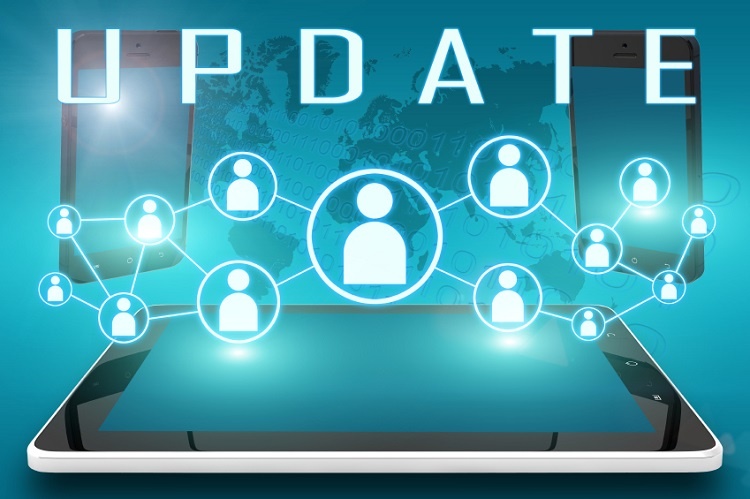4 Ways to Operationalize Your Crisis Management Plan

In today’s world, most organizations have a business crisis management plan in place. However, many of these plans are out of date or not truly actionable, leaving businesses vulnerable to a wide range of threats.
In a Deloitte survey, researchers found that after a crisis more than 70 percent of organizations took up to three years to fully recover their reputation and operations. Many of these companies even had a plan in place—but it simply didn’t get the job done.
Is your current plan operational? If a crisis strikes tomorrow, would your stakeholders be prepared to react accordingly to protect themselves and mitigate damage to the company? Or would you still be cleaning up the mess three years later?
If your business crisis management plan is falling short, consider these four key ways to fully operationalize it:
1.) Look to Technology
First and foremost, it’s important to consider how your plan is stored and disseminated to your stakeholders. Organizations of all kinds have moved away from the traditional methods of crisis preparedness, which involved hard-copy binders of emergency plans, communication strategies, contact lists and other critical information.
Today, crisis managers are embracing the potential of technology in order to distribute this data and put it into the hands of stakeholders, precisely when they need it most.
Mobile apps and Software-as-a-Service (SaaS) platforms house your organization’s entire crisis management plan. End users can easily access the information they need using whatever technology they prefer, which keeps them up to date on a crisis from any location. These mobile plans can even incorporate advanced features, such as GPS maps, diagrams and web links, to provide all relevant information to each end user during the moment of crisis.2.) Improve Your Communications Methods
Traditional crisis communication techniques, such as call trees and emails, aren’t effective, especially in organizations where employees are often away from their desks, working remotely or out in the field. Technology allows you to reach stakeholders immediately, without dangerous delays, and even push out alerts and notifications as the emergency evolves.Your employees already have some from of technology with them everywhere they go. Using this technology to enable crisis communications means you’ll be more likely to reach them, even when they are away from the office.
3.) Safeguard Your Crisis Management Data
Not only are hard-copy crisis plans impractical; they can also be downright insecure. If you store your plans in a binder at the office, they could easily be stolen, lost or damaged. However, storing your plans in the cloud using apps or SaaS provides peace of mind that they are safe and backed up. You can even require end users to create passwords in order to access crisis plans, helping to ensure that only authorized individuals can view inside information.4.) Set Aside Time for Training and Practice
Of course, even the most user-friendly, accessible crisis plan requires the occasional training and practice session. This will ensure that your stakeholders can react quickly and decisively, even during the tense moments of an emergency.Schedule regular training and practice sessions for your existing employees, and make sure that each new hire goes through crisis training. At least once a year, audit your business crisis management plan with key stakeholders to identify any potential gaps or new vulnerabilities.










